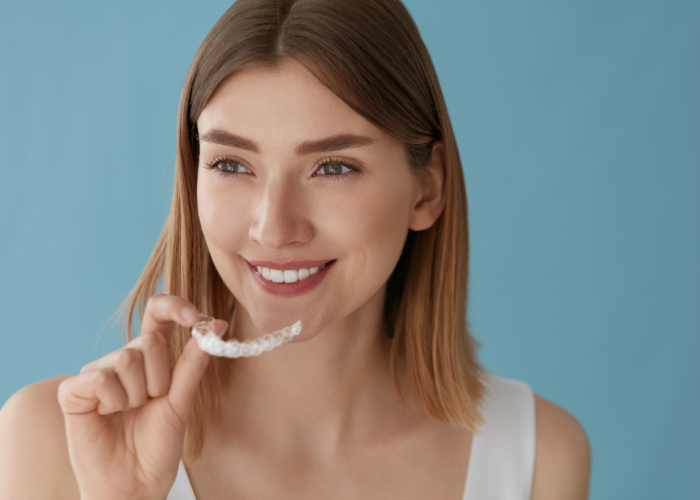Life After Braces: How to Maintain Your New Smile with Orthodontic Retainers

Everyone loves having a bright and attractive smile after wearing braces. However, teeth must be kept in the correct position after braces are removed – and that’s the role of the orthodontic retainer.
The main purpose of a retainer is therefore to serve as a "guide" so that no movement takes place.
Are There Different Types of Retainers?
There are actually two primary types of orthodontic retainers:
- Permanent retainers
- Removable retainers
Permanent retainers are sometimes known as "fixed" retainers and cannot be removed until the treatment is complete. These retainers are bonded to the teeth with the help of a dental cement.
Removable retainers will often be used to address portions of the mouth that are immediately visible (such as the front teeth).
A dentist or orthodontist will recommend a removable retainer. These are sometimes marketed as Hawley retainers. The main difference here is that users can take the retainer out during cleanings, helping to prevent an accumulation of bacteria that might otherwise lead to dental issues.
Removable retainers are generally used when only minor adjustments were initially made by the braces.
How Will a Retainer be Fitted?
You will be happy to learn that orthodontic retainers do not require any type of invasive procedure. First, the dentist will make a mould of the interior of your mouth (depending on the issues that need to be addressed). This mould is then used to create a retainer made from plastic or acrylic.
Note that digital impressions have become commonplace. As opposed to taking a physical mould of your mouth, the dentist will instead use a type of handheld camera to take numerous pictures of your mouth. These images are then combined in order to create a three-dimensional impression.
We should also mention that the process of creating fixed retainers is slightly more complex. After the mould has been taken and the appliance has been created, glue will be applied to the surface of your teeth. The retainer can then be set into place.
What are the Main Benefits of Wearing a Retainer?
The most obvious advantage involves the simple fact that the changes already caused by braces will not be undone. Otherwise, it might actually be necessary to repeat the process in the future.
Orthodontic retainers are therefore a powerful way to ensure a straight and attractive smile.
Another lesser-known benefit of a retainer involves a condition known as "tongue thrust". There can be times when an individual inadvertently presses their tongue forward when smiling. Should this occur immediately after braces have been removed, the position of your teeth may change. A retainer will help to prevent this scenario.
Protection is yet another quality of modern retainers. This is particularly the case from those who suffer from oral conditions such as bruxism, as instances of clenching the jaw are less likely. Therefore, alignment issues will not present themselves.
On a final note, oral health is directly impacted by the position of your teeth. Even small gaps can allow food to become trapped. This food may then begin to break down into sugars and acids, eroding tooth enamel over time. A retainer will help to guarantee proper dental alignment. If you adopt the correct brushing and flossing techniques, the chances of developing cavities will be dramatically reduced.
How to Care for Your Retainer
While orthodontic retainers are made from durable materials, there is still a handful of basic care guidelines to appreciate from the very beginning. Here are some tips and tricks to keep in mind:
- Be sure to clean all its surfaces on a daily basis.
- Try to avoid sticky or extremely hard foods.
- Keep your retainer away from heat, as it might otherwise become deformed.
- Assuming that you have been fitted with a removable retainer, place it within its protective case when not in use.
Of course, also follow the instructions of your dentist or orthodontist. Always wear your retainer for the period of time your dentist advises, as your teeth might otherwise begin to slip back into their former positions.
It is also prudent to schedule follow-up visits with your dentist. He or she will be able to gauge your progress as well as to determine if any slight modifications are necessary.
On a final note, try to be patient. The effects of an orthodontic retainer will not occur overnight. Their intention is not to make further changes, but rather to guarantee that the beneficial effects of braces become permanent. Thanks to these clever gadgets, obtaining a Hollywood smile has now become a reality.
Sources:
https://health.howstuffworks.com/wellness/oral-care/kids/does-your-child-need-braces.htm
https://www.theorthodontists.com.au/blog/will-i-need-to-wear-a-retainer-after-braces-guide-to-permanent-retainers
https://www.healthline.com/health/tongue-thrust




